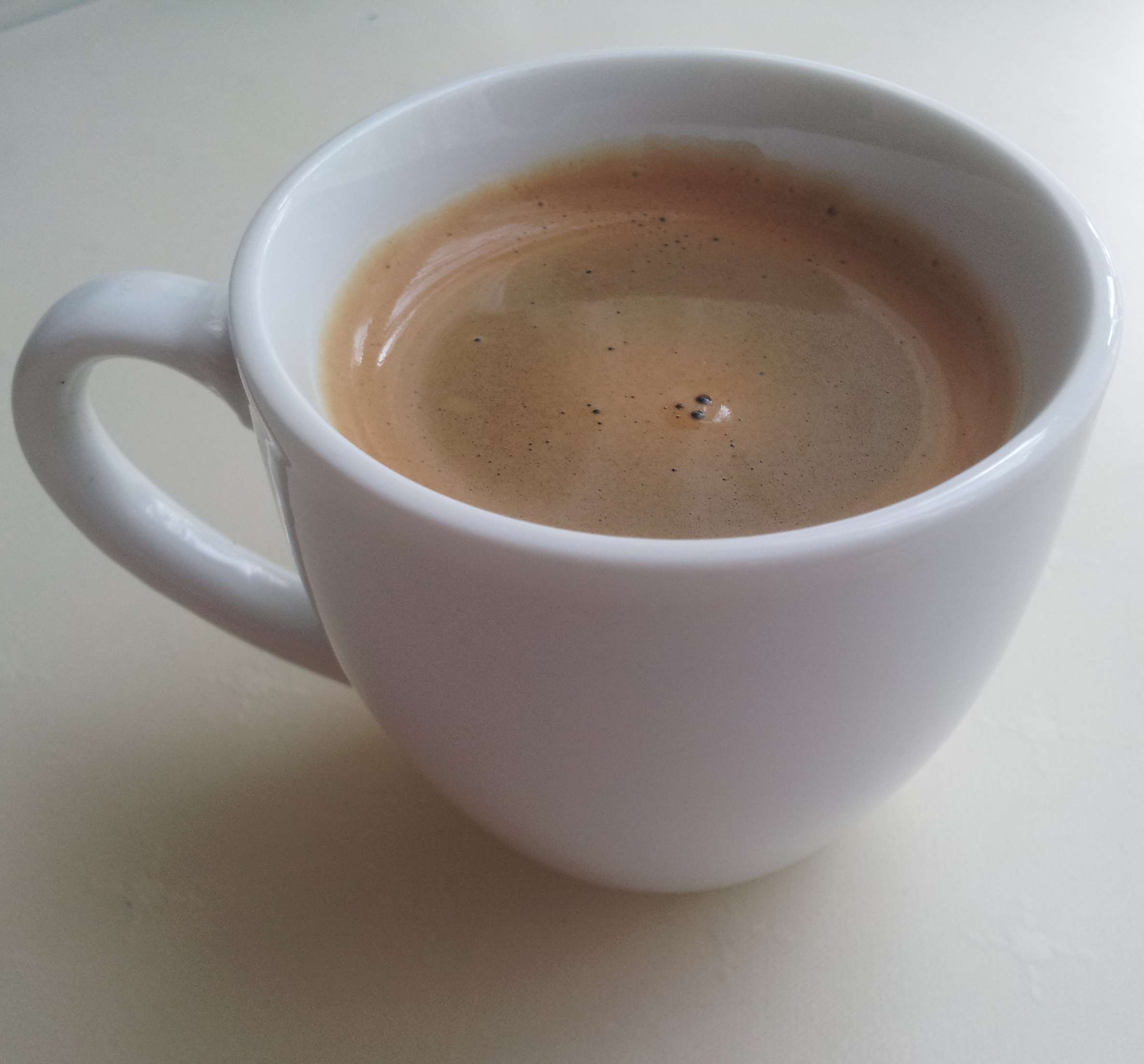
Espresso machines work by pumping hot water and ground coffee beans through a finely-ground puck of compacted coffee. This process produces a strong, rich, intensley flavored coffee drink, that can be consumed on its own or as in espresso beverages, in combination with textured milk.
The most important feature in an espresso machine, and what makes it special, compared to other ways of brewing coffee is the ability to create pressure in the coffee bed to speed up the extraction.
Depending on the drive mechanism, we can have: piston driven, pump driven, or steam driven espresso machines.
A steam driven espresso machine works by heating up water in a boiler. The steam created in the boiler will create the necessary pressure to push the water through the coffee bed to create espresso.
Piston-driven espresso machines use a piston create the pressure needed to force water through the coffee grounds. This technology is used for lever operated espresso makers.
A pump-driven espresso machine uses an electric pump to to create 9 bars of pressure in the portafilter, where the extraction takes place. This method is the most commonly used today in the espresso machine manufacturing industry.
The pump driven espresso machhine is the most convenient, and effective out of the three methods. It creates the correct pressure, is more precise, and it helps barisats get consistent results.
Espresso Machine Components
Generally, the espresso machine has two functions, to brew espresso and to texture milk. In order to perform these two operations the modern espresso machine is equipped with these components: boiler, pump, brew group, steam wand, and portafilter. There might be other components, such as the water tank, (very common in domestic machines), a second boiler, PID, pressure gauge, and many more other pieces depending on the automation level, and the features.
The Boiler
what is a an espresso machine boiler? A boiler is a closed recipient made of metal, where the water is heated for both brewing and milk steaming. The water for brewing does not get boiled, whereas the water for milk texturing reaches does not boil, don't get tricked by the name. The ideal temperature for brewing espresso is around 200 °F, give or take a few degrees.
When it comes to texturing milk, such as steaming and frothing, the boiler will heat the water beyond the water boiling point, at arround 250-260 °F.
The Pump
The pump in an espresso machine is what creates the pressure forcing the water through the ground coffee, and out through the coffee filter into the cup.
The Portafilter
The portafilter is a component of the espresso machine that is composed of a handle and a filter basket. The filter basket holds the ground coffee to be extracted, and is inserted in the handle. The handle locks into the brew head of the coffee machine, and it is the part where water washes the coffee grinds and extracts all of the goodness into your cup.
If you want to learn more about espresso, check our website for other articles on the topic.